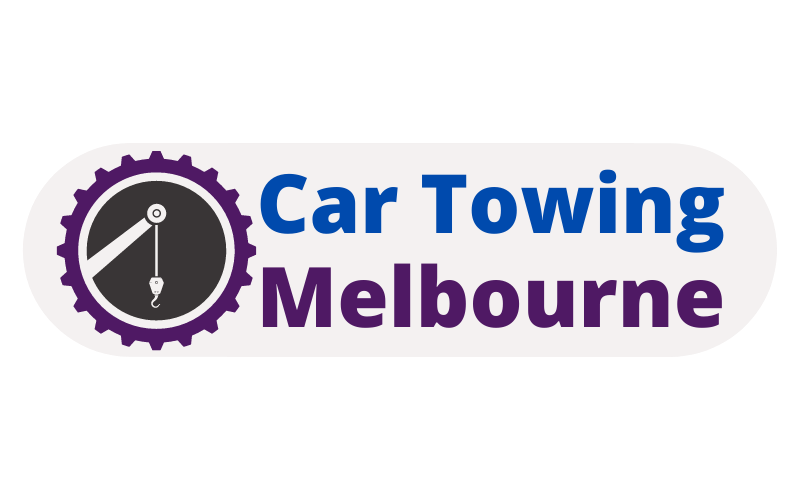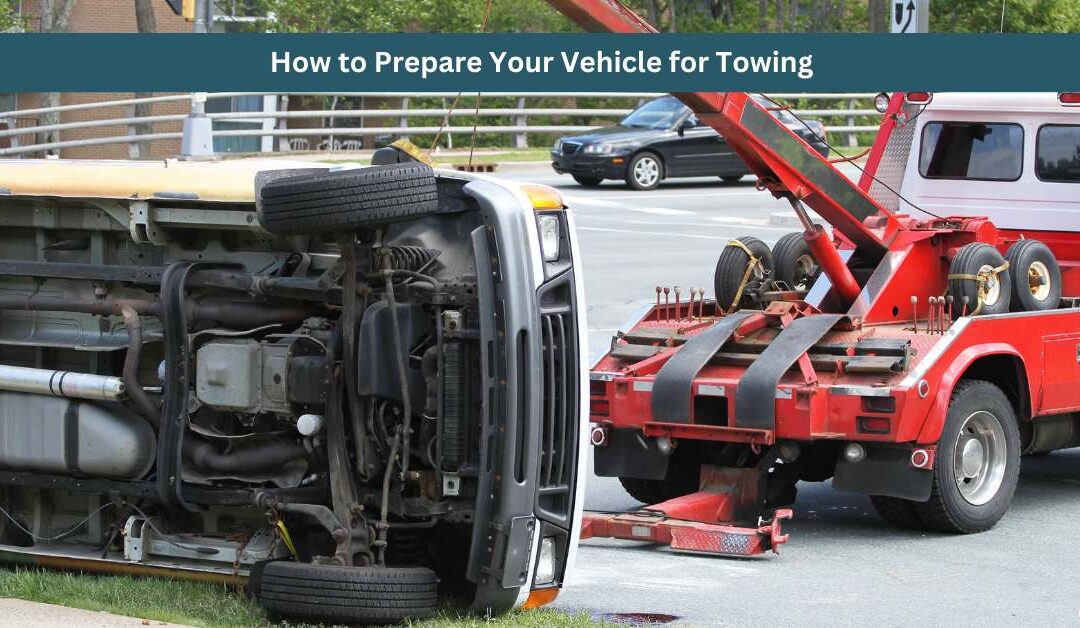Vehicle lockouts can be frustrating, especially when they happen during a tow. Whether the keys are locked inside the car or the locking system malfunctions, this situation can slow down the towing process and add stress to an already difficult moment. Fortunately, with the right steps and assistance, a lockout during towing can be managed safely and efficiently.
Stay Calm and Assess the Situation
The first and most important step is to remain calm. Panic or rushing can lead to poor decisions or potential damage to the vehicle. Take a moment to assess what type of lockout you’re dealing with. Are the keys inside the vehicle? Did the key break off in the lock? Is the remote entry system not working due to a dead battery? Understanding the cause can help you decide the best course of action.
If you’re the vehicle owner and the tow truck has arrived, inform the towing professional immediately. If you’re a tow truck operator, your next steps depend on the tools available and the vehicle’s make and model.
Communicate Clearly with the Towing Operator
If you’re locked out and awaiting a tow, make sure to explain the lockout to the towing service before they arrive. This allows them to bring the right equipment or even dispatch a technician with lockout tools. In many cases, tow truck operators are trained to handle lockouts as part of roadside assistance.
Good communication helps avoid misunderstandings and ensures that the tow is performed without causing damage to windows, doors, or electronic systems. If the vehicle is in a hazardous location, the operator may need to tow the car onto the flatbed or hook it without accessing the interior — but only if it’s safe to do so.
Use Professional Lockout Tools
Towing companies often carry specialized tools designed for lockout situations. These may include long-reach tools, air wedges, and slim jims. While these tools can be effective, they must be used carefully to avoid damaging locks, paint, or weather stripping.
Professional towing operators know how to safely open doors without triggering alarms or harming the vehicle’s internal wiring. Modern vehicles, especially those with electronic locks and advanced security systems, require extra caution. Using force or unapproved tools can cause more harm than good.
Call for Additional Assistance if Needed
If the tow truck operator is not equipped to handle the lockout or if the vehicle’s locking system is too complex, it may be necessary to call a locksmith. Many towing services have partnerships with locksmiths and can arrange help on your behalf.
Alternatively, if the vehicle has remote unlock features, contact the car manufacturer or use a connected smartphone app to unlock the vehicle. Some newer vehicles allow owners to unlock their cars remotely through customer support, provided you can verify ownership.
Prevent Future Lockouts During Towing
To reduce the chance of a lockout happening again, develop a few preventative habits. Always keep a spare key in a safe but accessible place. If you’re having your vehicle towed from a repair shop or accident site, ensure the keys are securely handed to the tow truck operator before leaving the scene.
Tow operators should also verify that keys are in hand or accessible before locking up the vehicle, especially when dealing with impound or recovery situations. Clear communication between dispatch, operators, and vehicle owners is essential to prevent misunderstandings.
Conclusion
A vehicle lockout during a tow is an inconvenience, but it’s one that can be resolved smoothly with the right approach. Stay calm, communicate clearly, and rely on professional towing and locksmith services when necessary. Whether you’re the driver or the tow operator, being prepared and knowing your options can turn a frustrating situation into a manageable one.
Car Towing Melbourne
142 Glenlyon Rd, Brunswick VIC 3056
(03) 7037 7625

